Everest is storing pathogens coughed and sneezed out by climbers, just like dead bodies.
Climbers, according to a new research led by the University of Colorado Boulder, are leaving behind a frozen legacy of tenacious bacteria that can withstand harsh conditions at high elevations and remain dormant in soil for decades or even centuries.
The study's findings were published in Arctic, Antarctic, and Alpine Research, a magazine published on behalf of CU Boulder's Institute of Arctic and Alpine Research (INSTAAR).
The research could help us comprehend the climatic requirements for life on Earth, as well as where it might survive on other planets or icy moons. It also reveals previously undisclosed information on the influence of tourism on the world's tallest peak."Even at that level, there is a human signature trapped in the microbiome of Everest," said Steve Schmidt, senior author of the article and professor of ecology and evolutionary biology.
"If someone blew their nose or coughed, that type of stuff may show up."


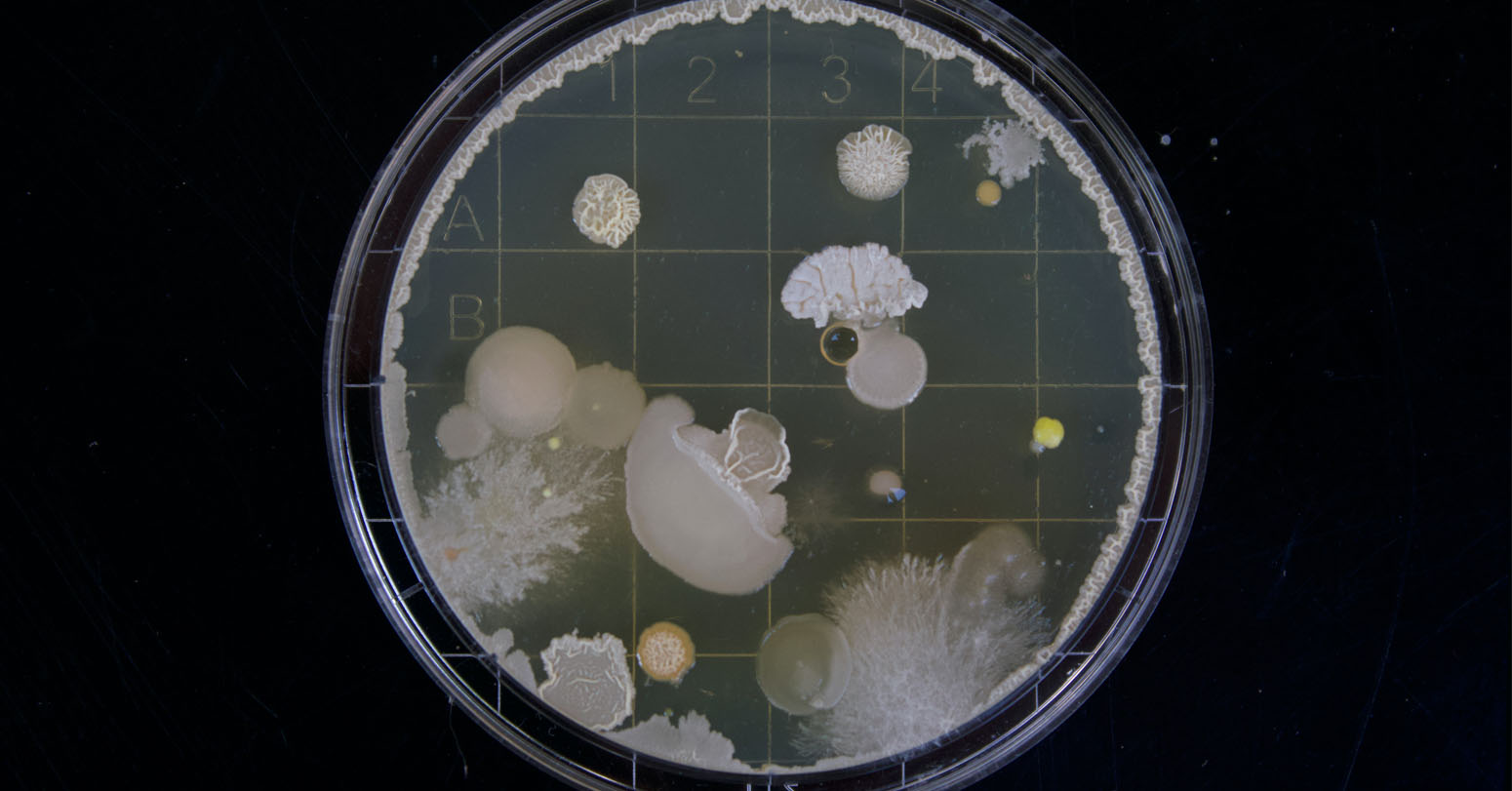


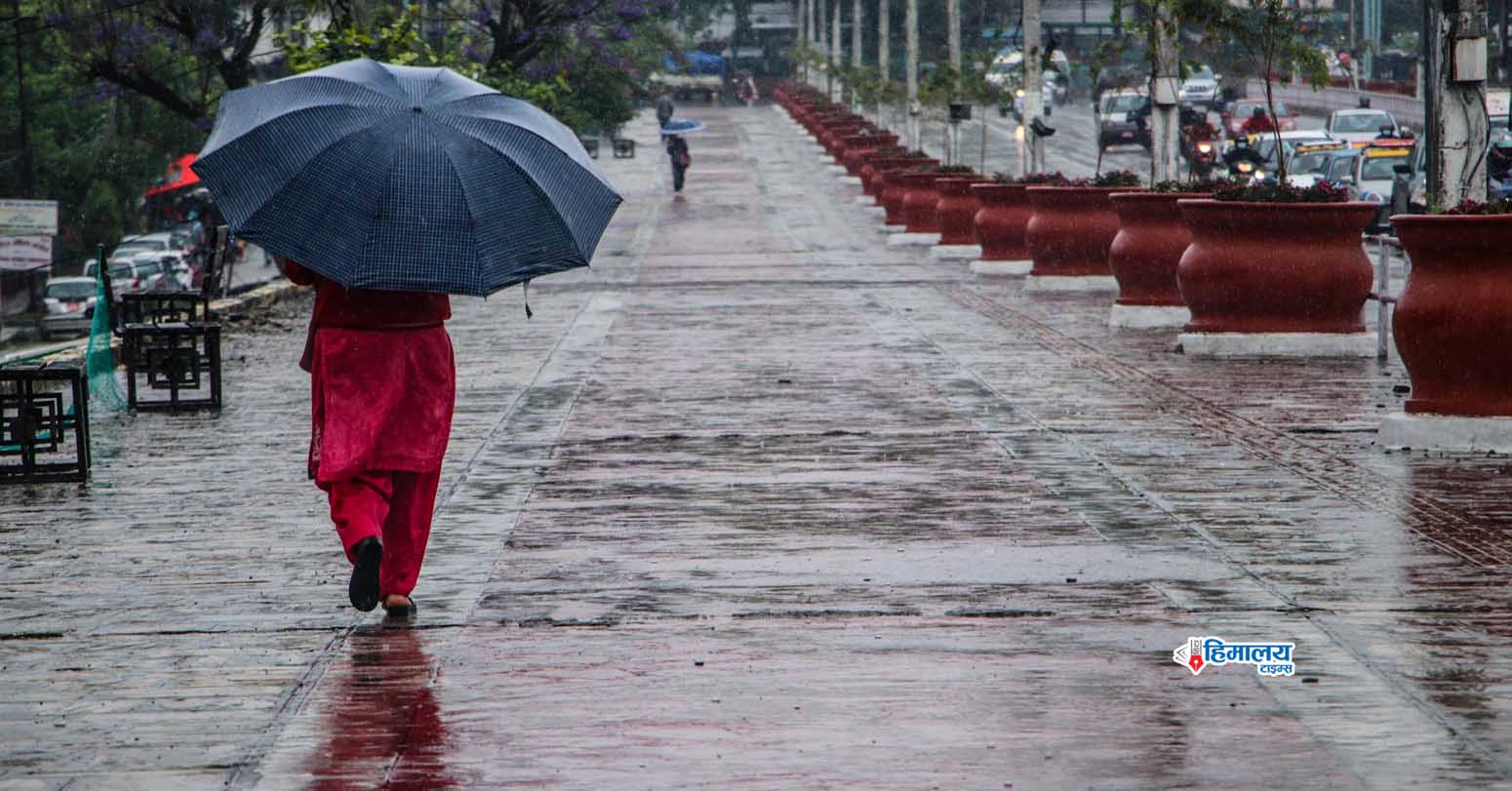
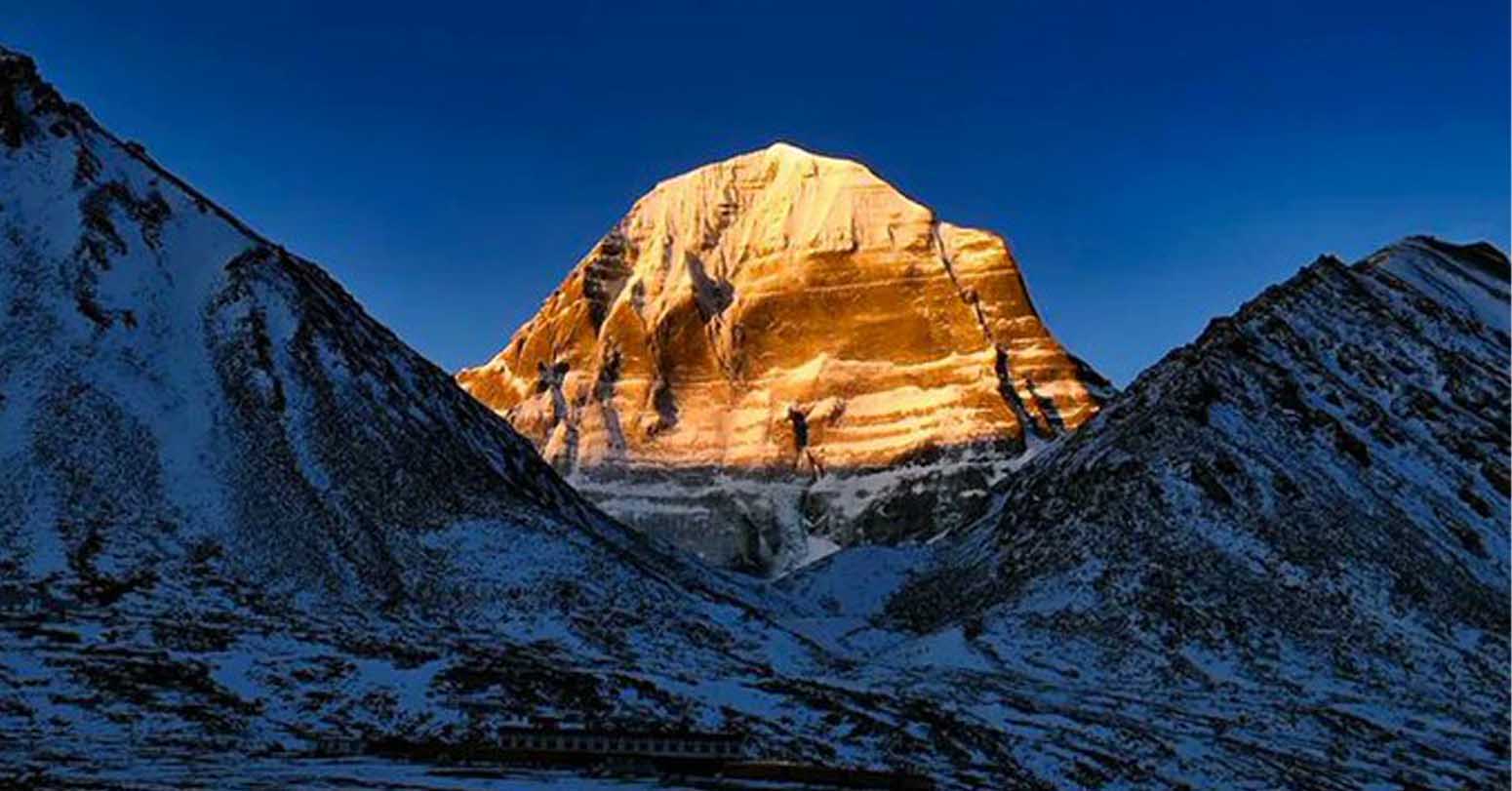
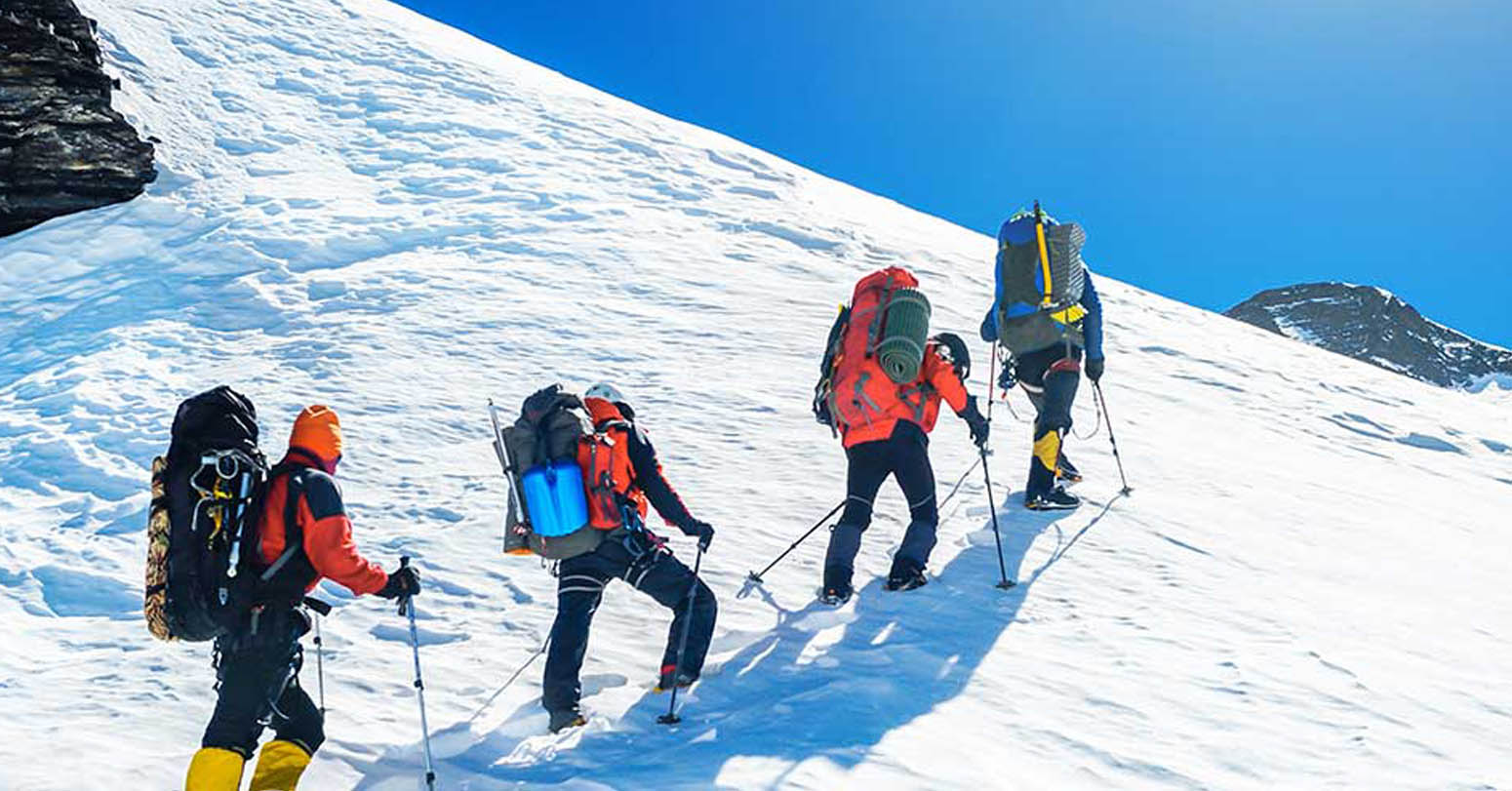



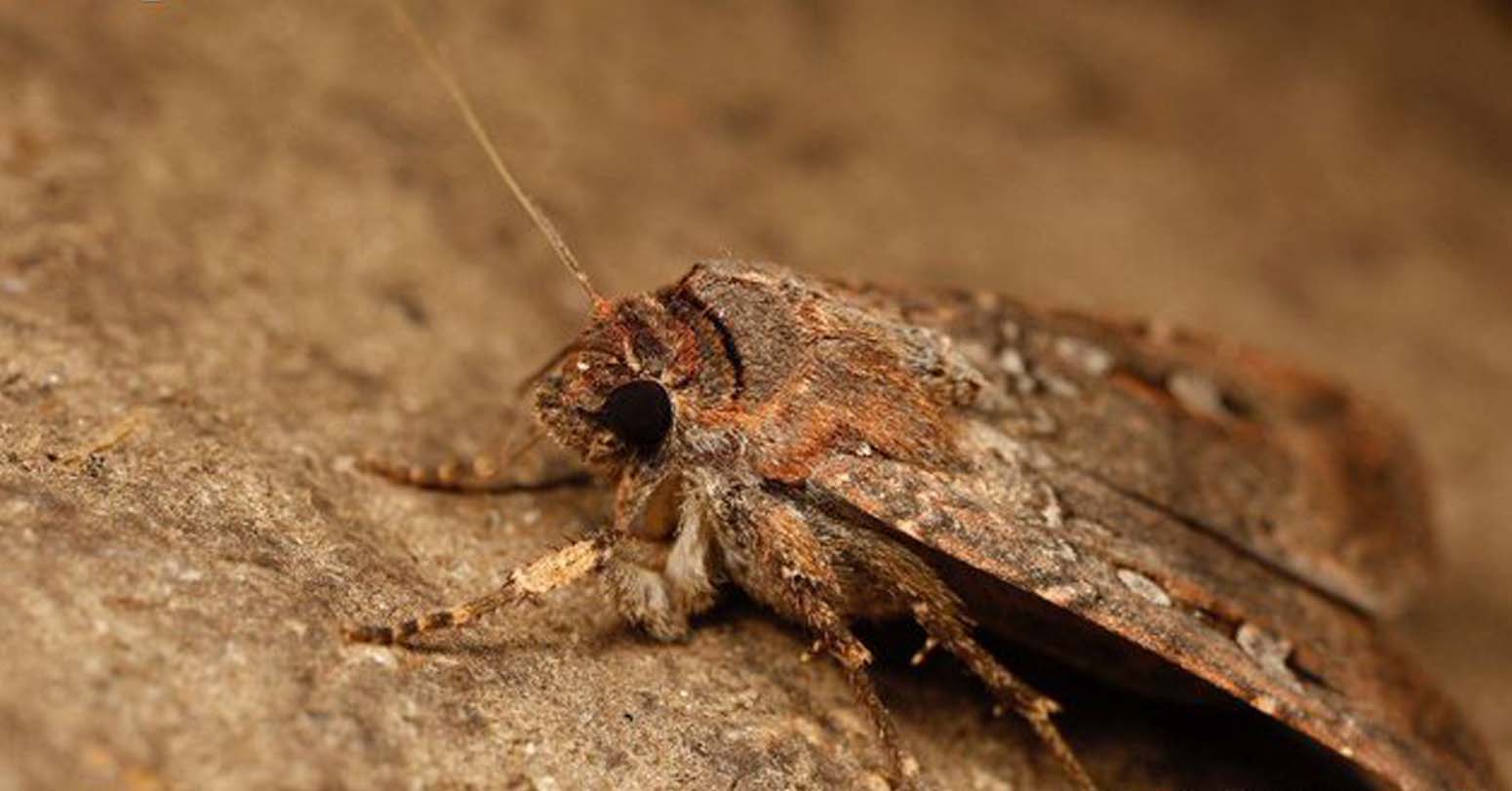







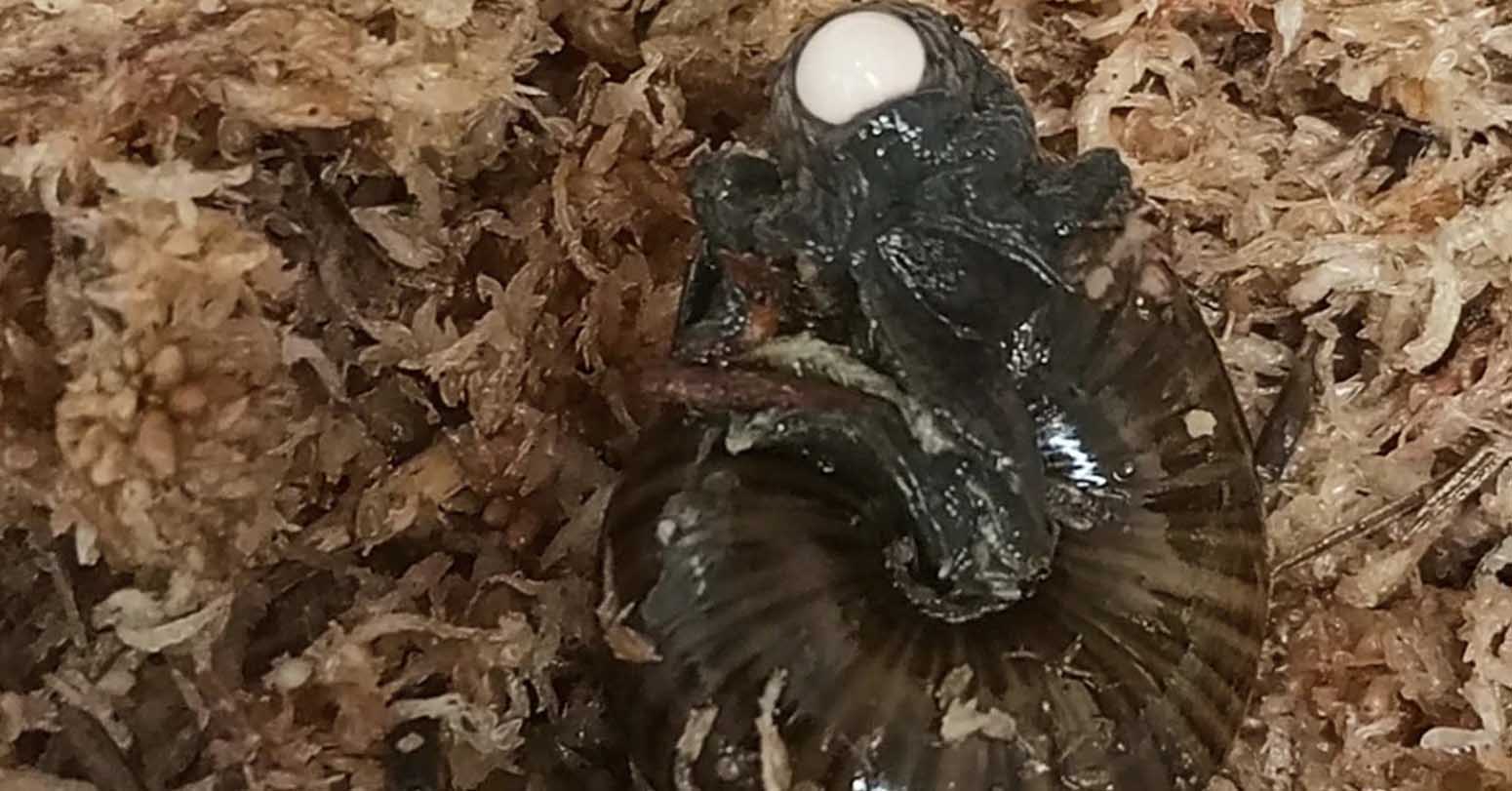
Middle-aged man spends millions to
Dr. Dharam Raj Upadhyay: Man
Breathing The Unbreathable Air
Comprehensive Data Protection Law Critically
Gender Differences In Mental Healthcare
Erosion of Democracy